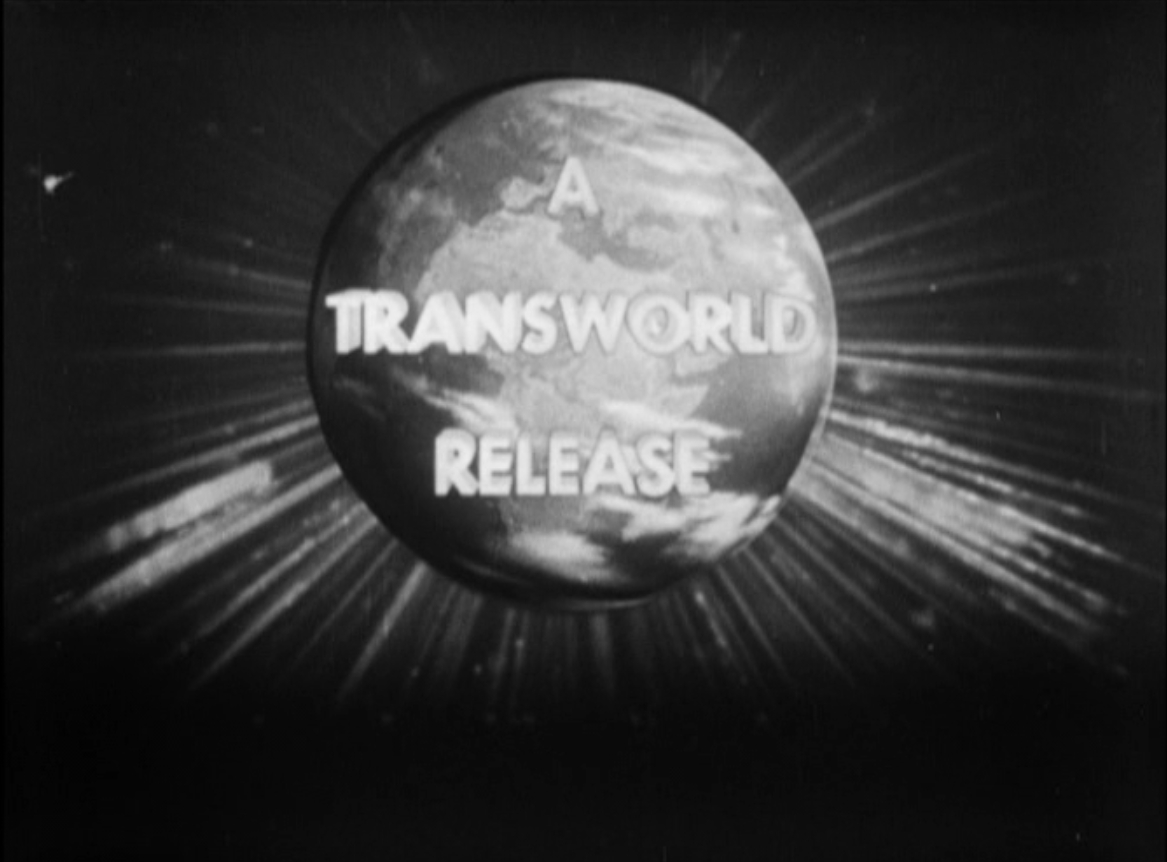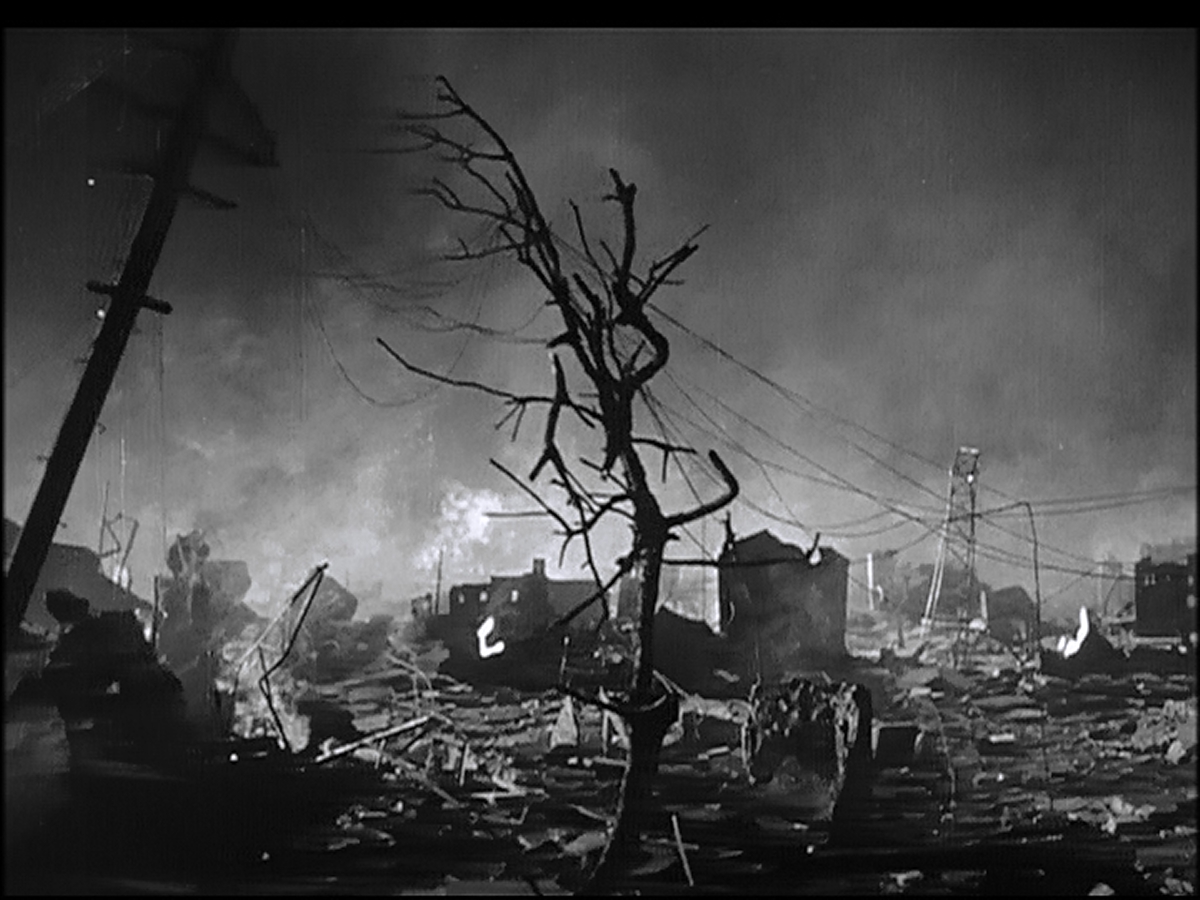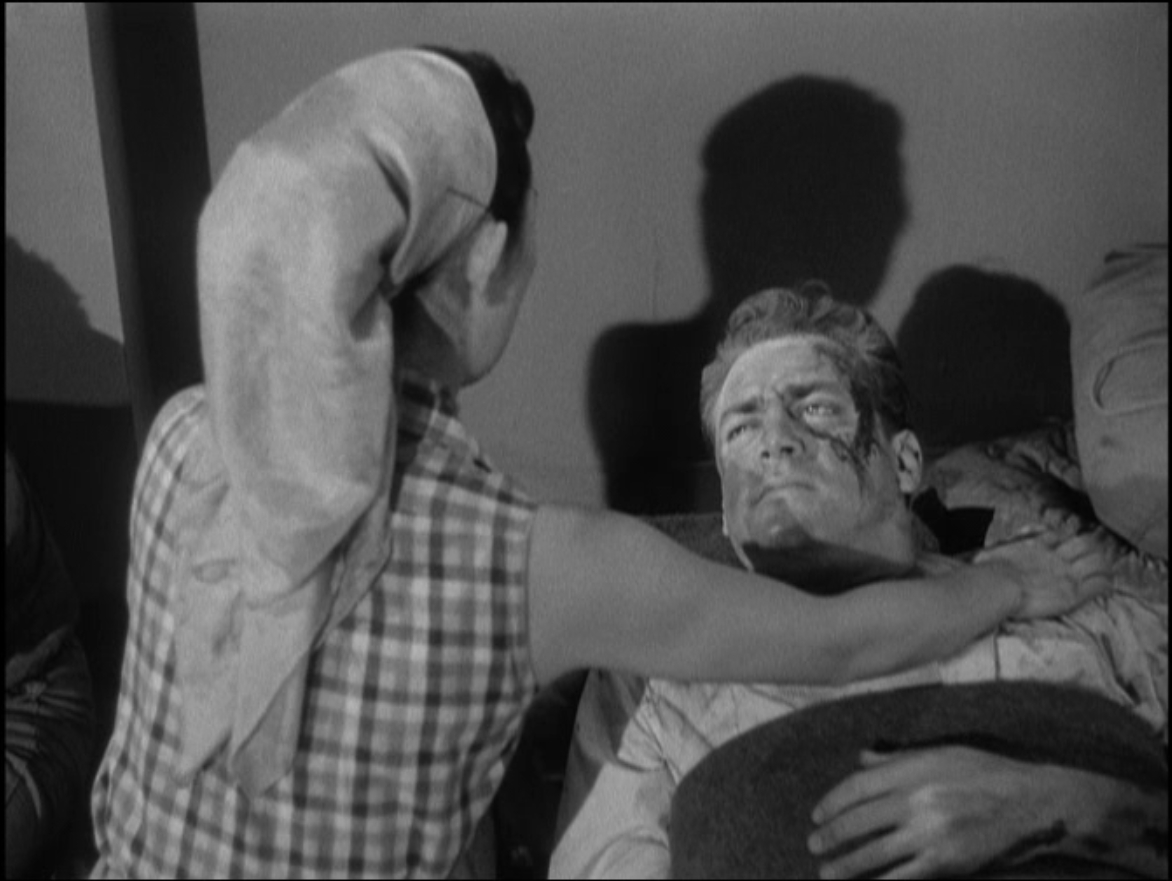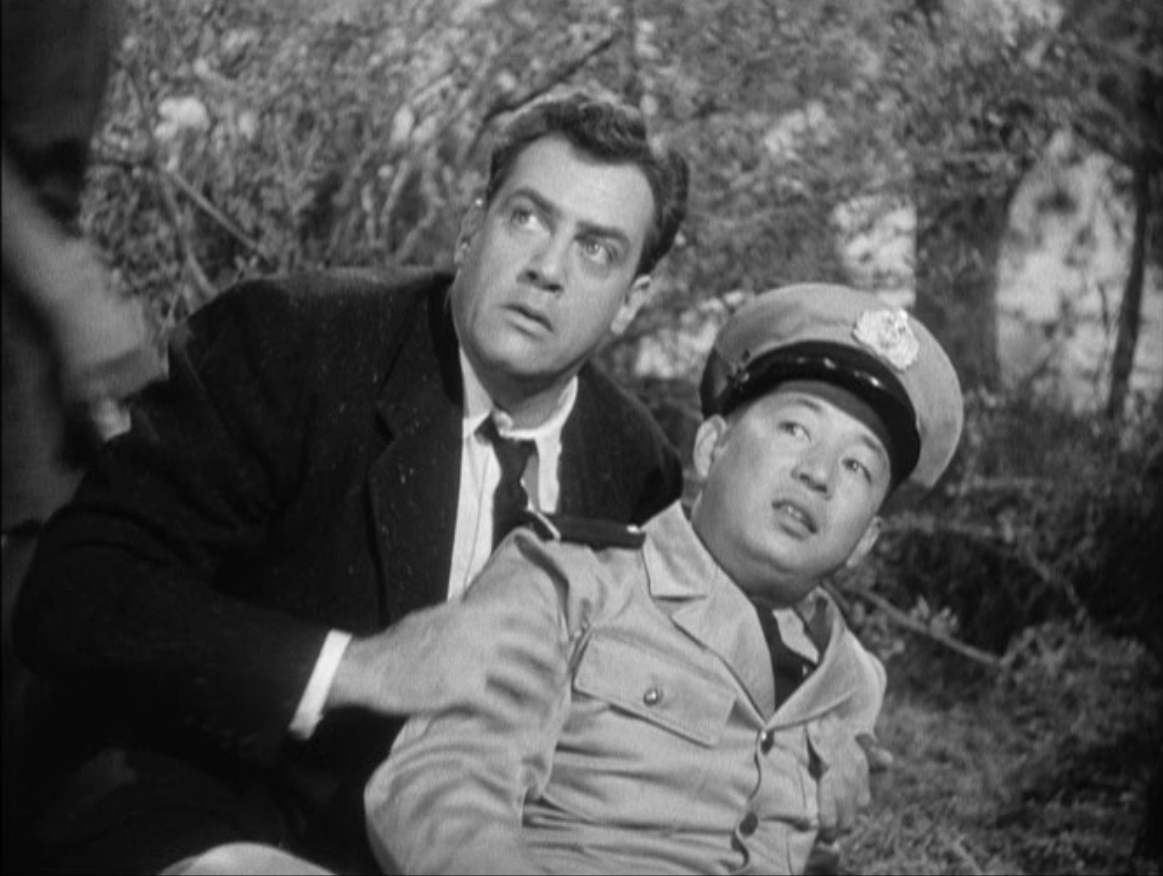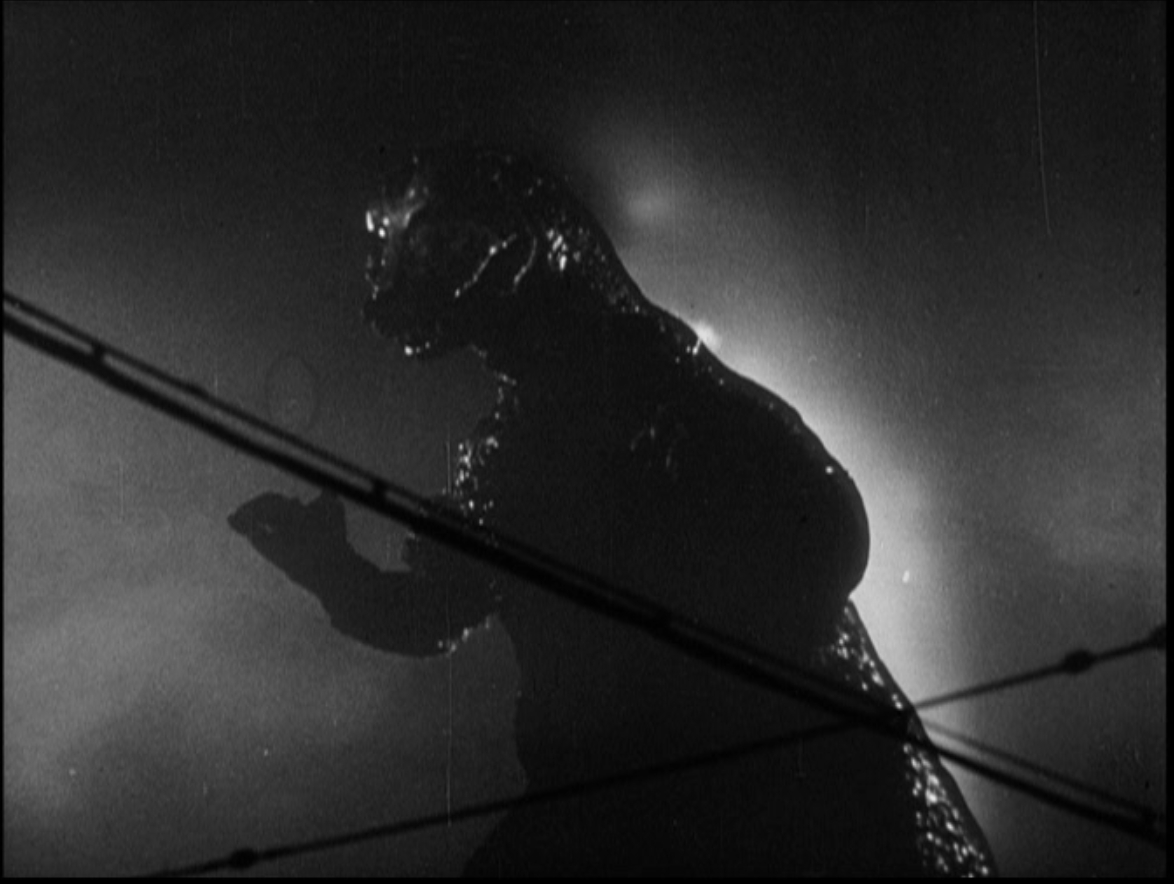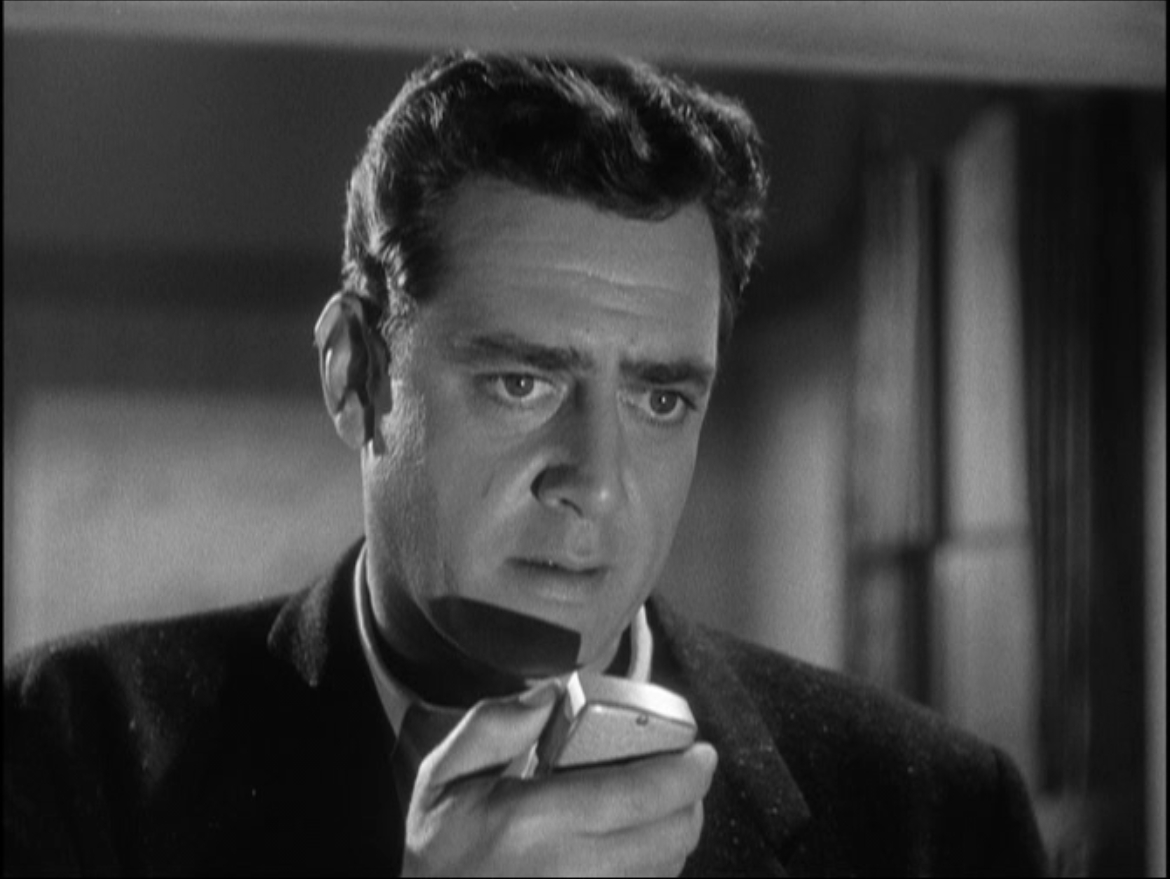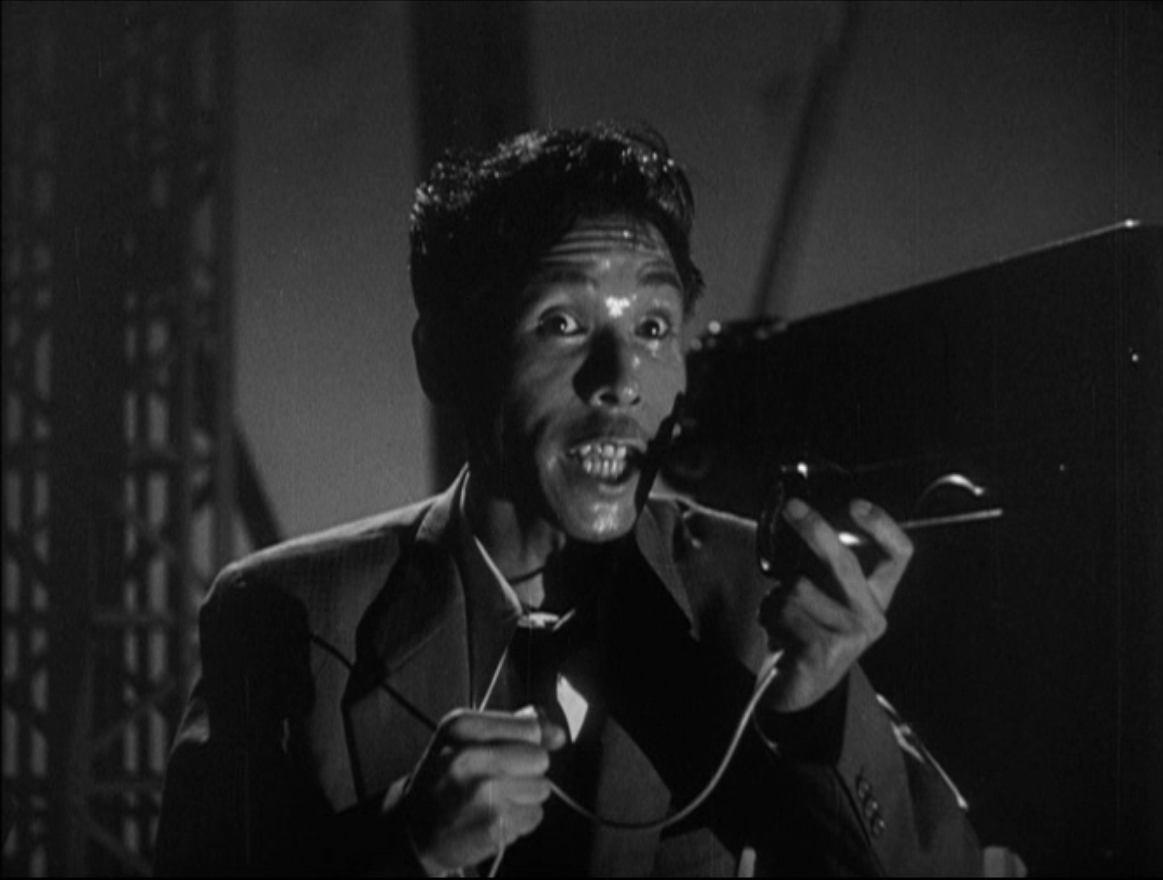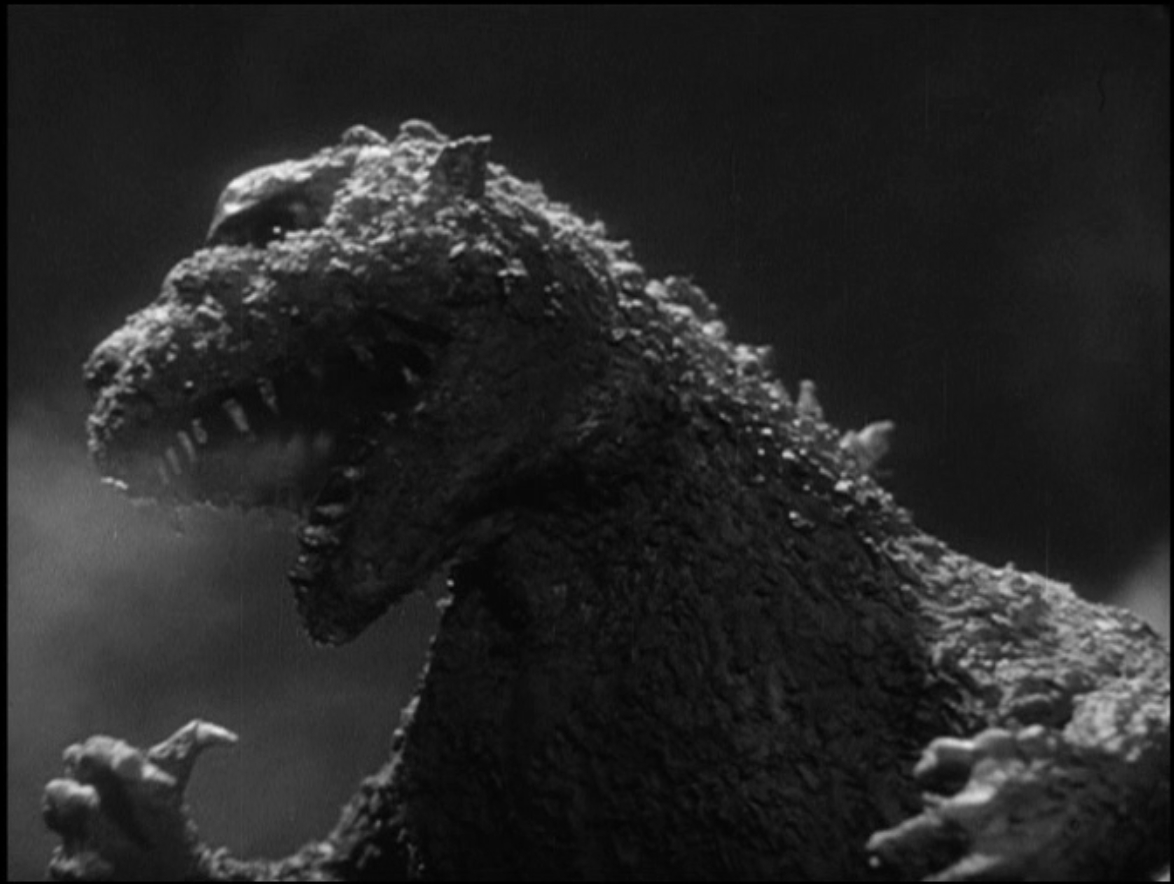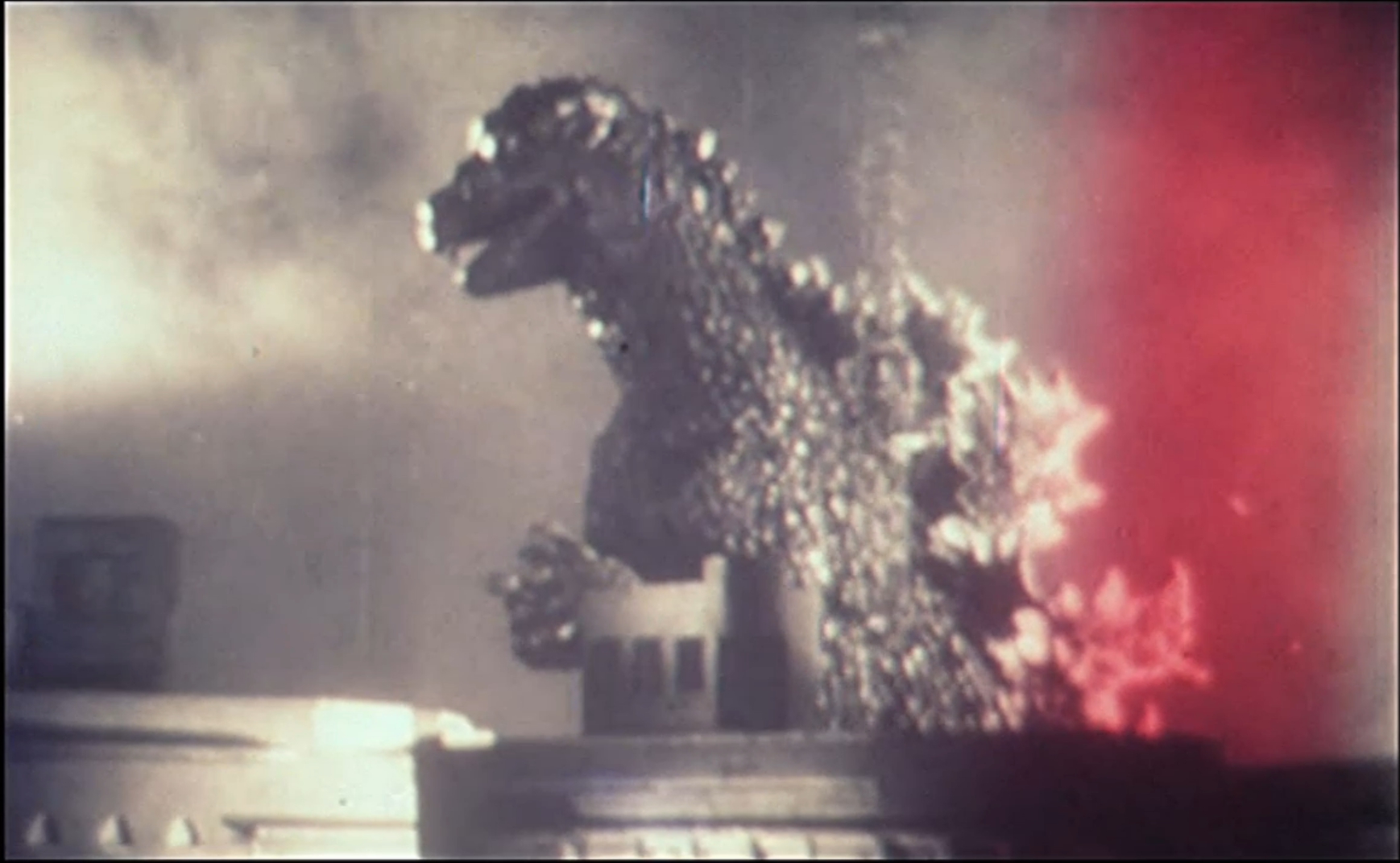
The shots of this film will be watery and grainy. Like Attack of the Giant Moussaka, it has never been released on home media in America. In fact, I don't believe it has been released on home media anywhere in the world. The copy I was able to find on Youtube is just ninety minutes, apparently because it was taped from a cut-down version broadcast on Italian television. Watching it brings back all those memories of the fragility of videotape. Of course the destruction of Tokyo is the most watched part, and therefore the part that cuts out the most. It's strange to me that this version is only available in such bad shape. Even Pulgasari is available in better condition.
Update: Geno Cuddy has restored the original elements of Cozilla, and if you look on the web, you should be able to find it. Cuddy has done an good job of cleaning the film up, the picture quality is much sharper than the watery Youtube version I originally took the screenshots from. Five years ago, I didn't think there would ever be a version of this film available, so hats off to Mr. Cuddy for doing an excellent job.
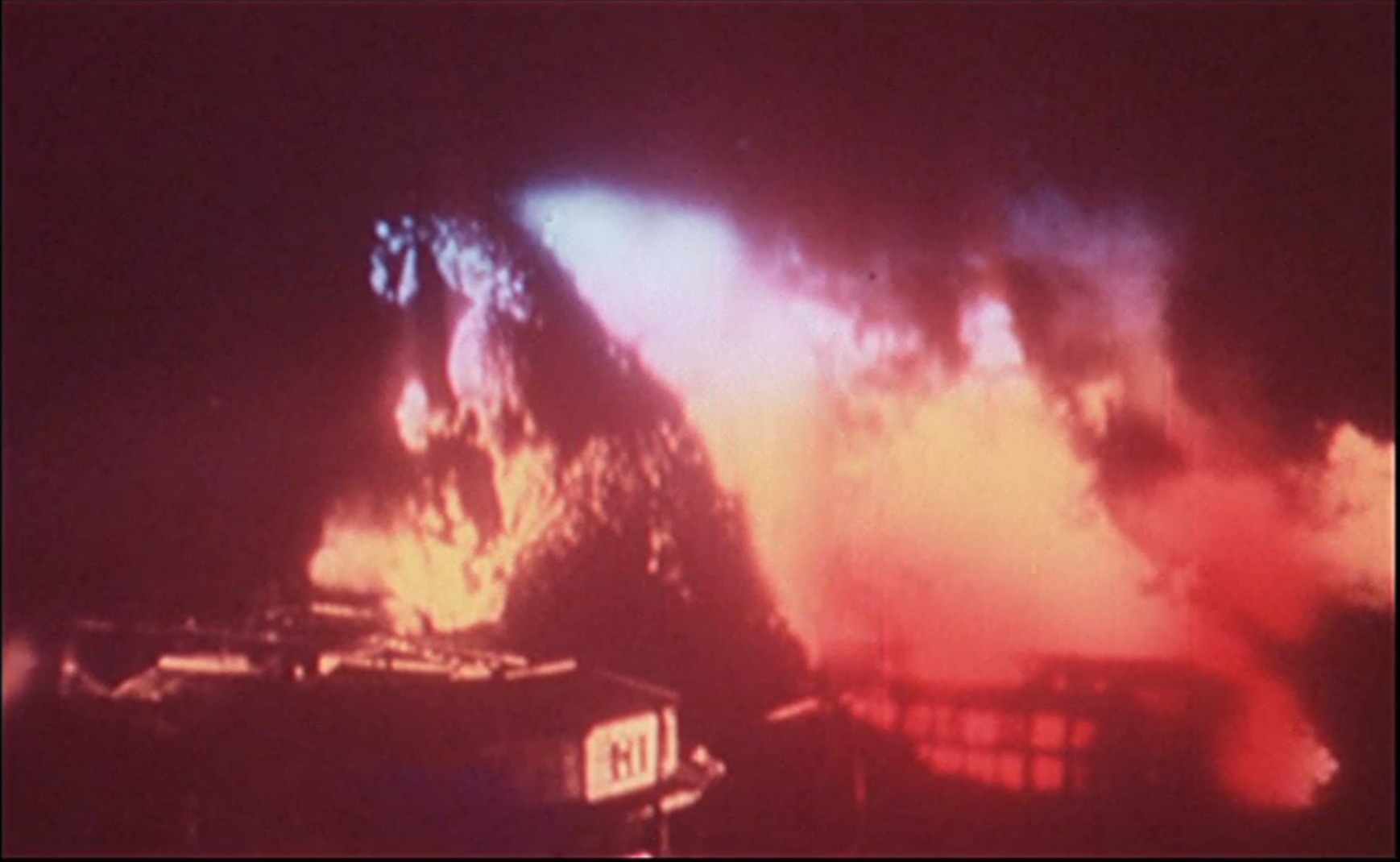
Cozzilla opens with scenes of daily life in Tokyo. People walking, going about their daily lives. There's even some footage of people using a bridge that Godzilla will later destroy. And then there is footage of a nuclear detonation. The effect is quite shocking, especially afterwards when we are shown images of charred bodies from the nuclear attacks. Cozzi's film differs from the Raymond Burr version primarily in its use of stock footage. So there are inserts here and there, usually clustered around the action scenes. I believe, and it's difficult to be sure because of the quality of the reproduction, that there's at least one shot of a person being hit with a flamethrower during Godzilla's rampage in Tokyo. There's even a small bit taken from Godzilla Raids Again. The stock footage leads to the occasional absurdity, such as watching propellers rev up and then seeing jets on the attack. It also cuts directly across the anti-military stance of the Ishiro Honda's original film. When Godzilla is being killed by the Oxygen Destroyer, it surfaces. Then we are given stock images of battleships blasting their guns, implying that they are assisting with the death of Godzilla.
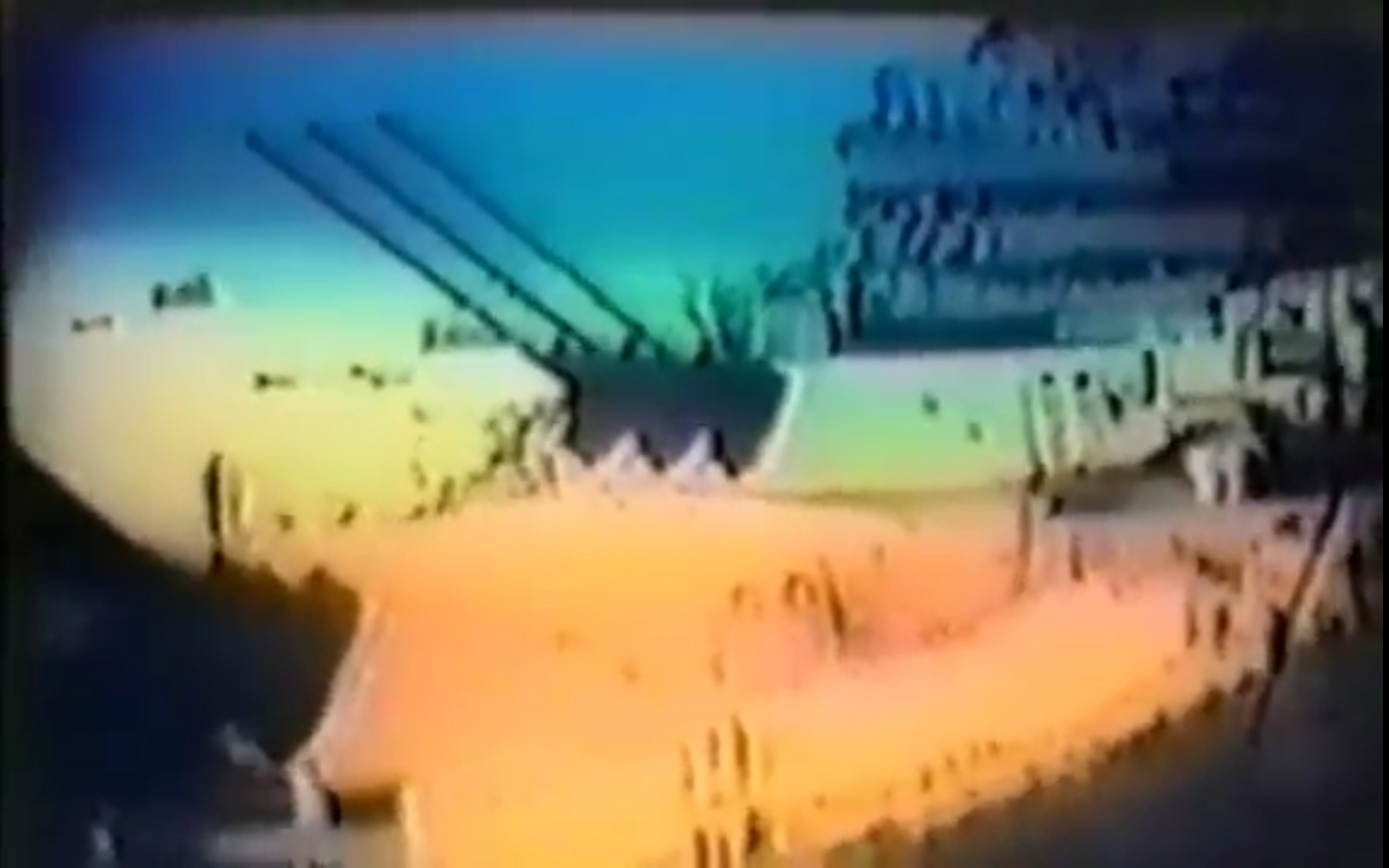
The stock footage used in the aftermath of the attack is particularly jarring. As Ifukube's beautiful hymn of peace soars, we get stock footage of charred bodies, corpses floating in the tide. This strips away the fantasy aspect of the film. We are looking at images of the dead, who were not killed by the metaphorical and nonexistent Godzilla, but by wars, bombs, and fire. What's the point of Godzilla as metaphor if the film will break through that metaphor and shows us the ugly reality behind it? Especially as the film revels in virtually every other aspect of militarism, with added planes, more explosions, more gunfire. Some things, I feel, are best left suggested in film, and if these added scenes had been actors in makeup, I would be less creeped out. But all that was added was stock footage. These are real people. And that makes it very difficult for me to watch this part of the film.

One thing that this version of the film does make very clear is how streamlined the original Godzilla is. There's little fat on the film, everything is there for a purpose, and serves it well. It is well paced. Terry Morse's re-edit of the film is a bit looser, making room for another character who is there to explain what happens on the screen. Cozzilla lacks Moore's more deft touch, partially because of the time and money constraints. But the footage added to Cozzilla often feels forced. Dr. Serizawa's descent to confront Godzilla at the end of the film is interrupted by a shark and an octopus fighting, the footage coming from Beast From 20,000 Fathoms. Which doesn't add anything but motion. It's not even action.
Cozzilla is a product of a specific time and place, and a reflection of its creator, Luigi Cozzi. The seventies were a time of experimentation, and even established franchises like Godzilla, underwent transformations. Overall, it reminds me of Godzilla vs Hedorah, as an radical departure from conventional film making. I find it rather busy, especially in the foley department. During the attacks on Godzilla especially, the sheer chaos of the added bombs, machine-gun fire, and swooping airplane noises. Cozzilla was popular in Italy, and was definitely influenced by the giallo school of film-making. It's a little too lurid for me, but I can see that I'm becoming conservative in my taste in kaiju film: gore practiced with restraint, orchestral score.
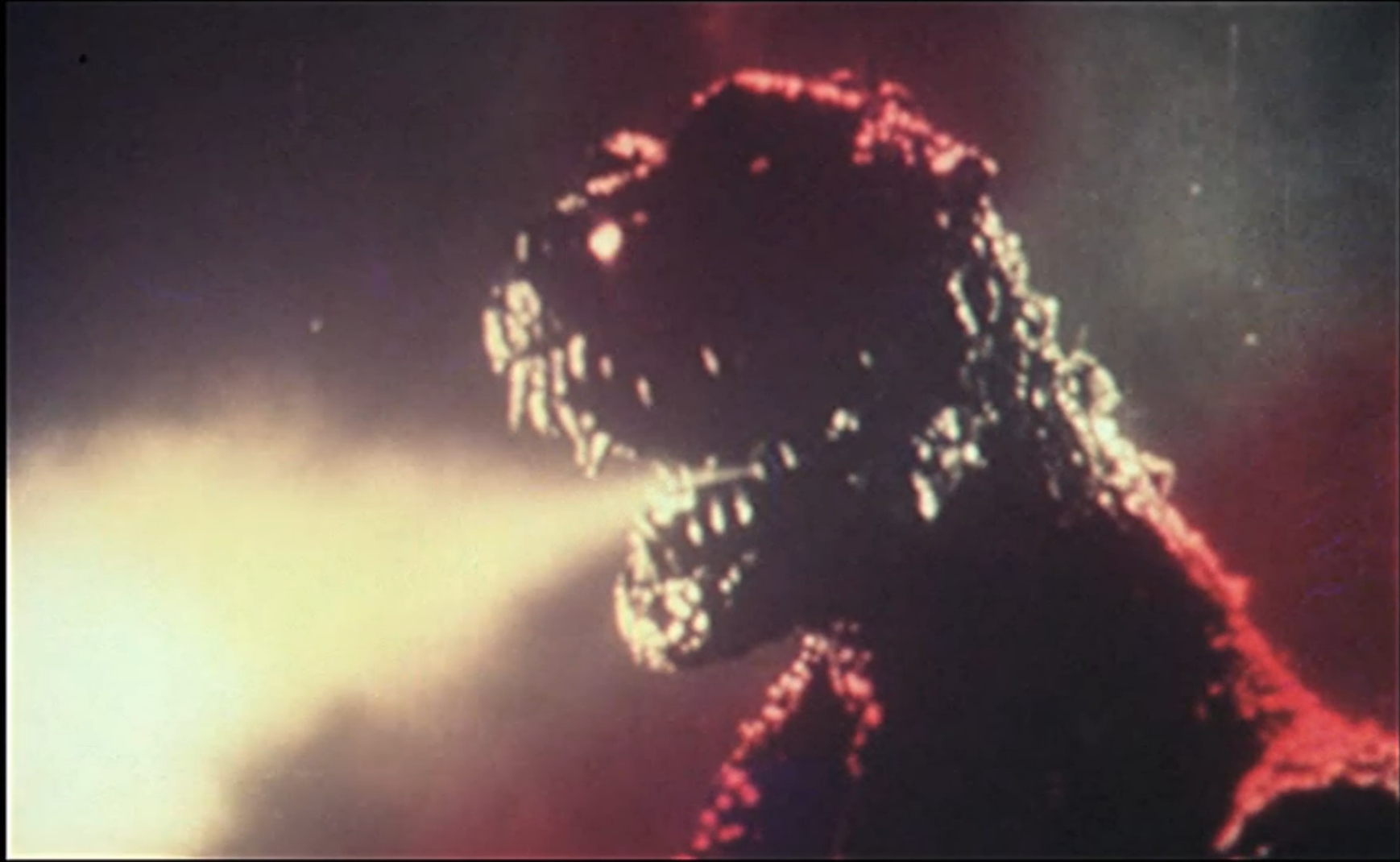
Ultimately, Cozzilla is a chore for me to watch. The narrative of the original film has been stretched and torn by two edits. There's an unfortunate amount of dramatic dead space, and the addition of authentic dead bodies gives me the creeps. It's a strange film, from a very different aesthetic than I'm used to in kaiju. Cozzilla is very much a product of its own time and space, as well as its creator, Luigi Cozzi. You can view the watery, multi-generation copy on on Youtube.
